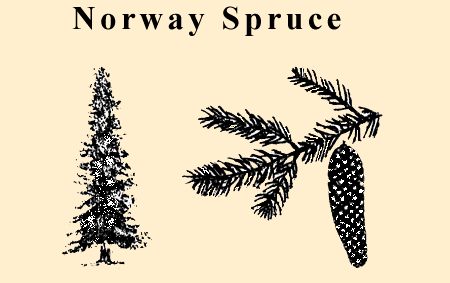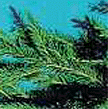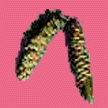|
The Norway Spruce is a very useful timber tree.

Two of the trade names for this leading world timber are "Whitewood"
and "White Deal". It is used for boxes, packing cases,
building, joinery, paper pulp and chipboard.
Older uses of Norway spruce included its use for fuel, charcoal,
potash, Burgundy Pitch for medicinal plasters, tanning, scaffolding
poles, ladders, spars, oars, masts for boats, flooring, musical
instruments, lining parts of furniture, packing cases, fencing,
roofing for agricultural buildings.
The tree is conical in shape. It has somewhat
sharp rich-green needles and long rounded cones. The bark is
brown and scaly, and flakes off the surface. The branches of
young trees grow upwards. When the tree matures the branches
at the bottom droop slightly.
Trees first bear the red-brown hanging cones on the topmost branches
when 30-35 years old. They flower in May. The seeds ripen and
drop from the cones that winter.
Needles: - about 25mm long, four-sided, sharp-pointed, yellowish
-green to dark green
Branches: - have a graceful, downward curve.
Cones: - 100 to 150mm long, hanging from the
branch tops. The cones are the best means of recognizing Norway
spruce because they are longer than the cones of the other spruces.
  
|
![]()